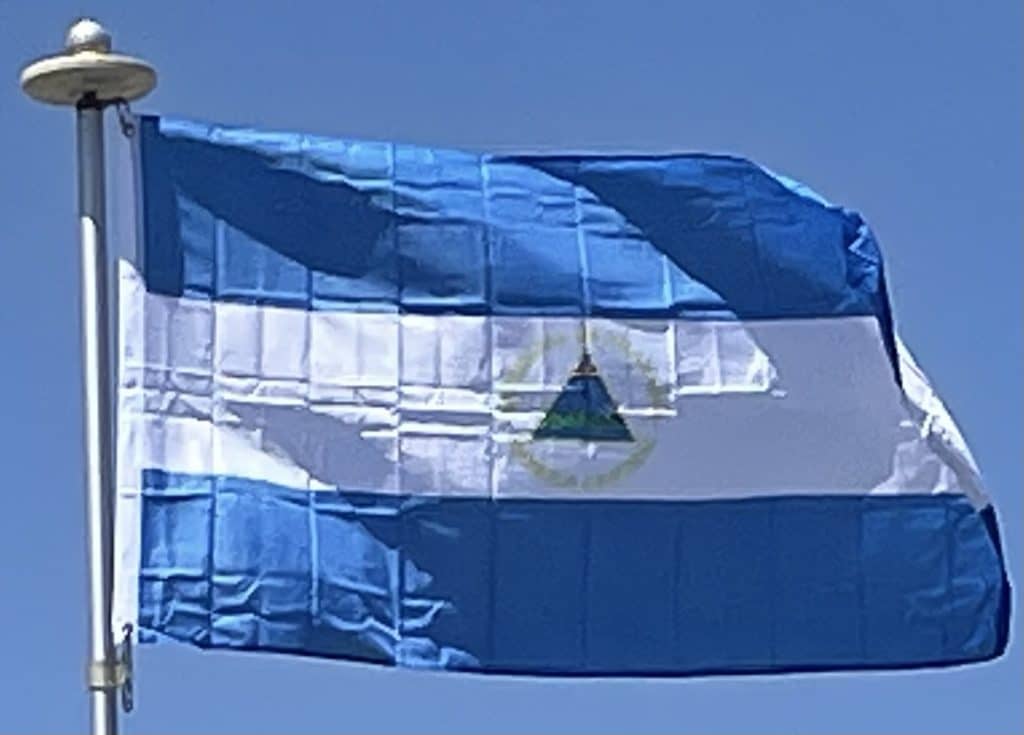In November 2016, Ortega was elected for his third consecutive term (his fourth overall).
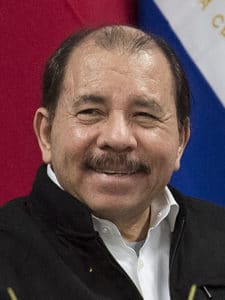
International monitoring of the elections was initially prohibited, and as a result the validity of the elections has been disputed, but observation by the OAS was announced in October. Ortega was reported by Nicaraguan election officials as having received 72% of the vote.
In April 2018, demonstrations opposed a decree increasing taxes and reducing benefits in the country’s pension system.
Geography:
Nicaragua occupies a landmass of 130,967 km2 (50,567 sq mi), which makes it slightly larger than England. Nicaragua has three distinct geographical regions: the Pacific lowlands – fertile valleys which the Spanish colonists settled, the Amerrisque Mountains (North-central highlands), and the Mosquito Coast (Atlantic lowlands/Caribbean lowlands).
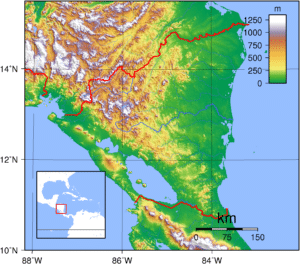
The low plains of the Atlantic Coast are 97 km (60 mi) wide in areas. They have long been exploited for their natural resources.
On the Pacific side of Nicaragua are the two largest fresh water lakes in Central America—Lake Managua and Lake Nicaragua. Surrounding these lakes and extending to their northwest along the rift valley of the Gulf of Fonseca are fertile lowland plains, with soil highly enriched by ash from nearby volcanoes of the central highlands.
Economy:
Nicaragua is among the poorest countries in the Americas. Agriculture represents 15.5% of GDP, the highest percentage in Central America. Remittances account for over 15% of the Nicaraguan GDP. Close to one billion dollars are sent to the country by Nicaraguans living abroad. The economy grew at a rate of about 4% in 2011. By 2019, given restrictive taxes and a civil conflict, it recorded a negative growth of – 3.9%; the International Monetary Fund forecast for 2020 is a further decline of 6% due to COVID-19.
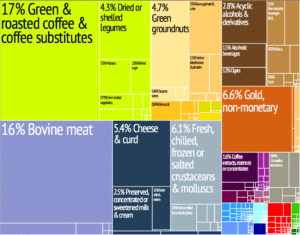
According to the United Nations Development Programme, 48% of the population of Nicaragua live below the poverty line, 79.9% of the population live with less than $2 per day.
Nicaragua is primarily an agricultural country; agriculture constitutes 60% of its total exports which annually yield approximately US$300 million. Nearly two-thirds of the coffee crop comes from the northern part of the central highlands, in the area north and east of the town of Estelí. Tobacco, grown in the same northern highlands region as coffee, has become an increasingly important cash crop since the 1990s, with annual exports of leaf and cigars in the neighborhood of $200 million per year. Today most of Nicaragua’s bananas are grown in the northwestern part of the country near the port of Corinto; sugarcane is also grown in the same district. Cassava, a root crop somewhat similar to the potato, is an important food in tropical regions. Cassava is also the main ingredient in tapioca pudding.
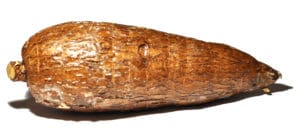
Mining is becoming a major industry in Nicaragua, contributing less than 1% of gross domestic product (GDP). Restrictions are being placed on lumbering due to increased environmental concerns about destruction of the rain forests. But lumbering continues despite these obstacles; indeed, a single hardwood tree may be worth thousands of dollars.
